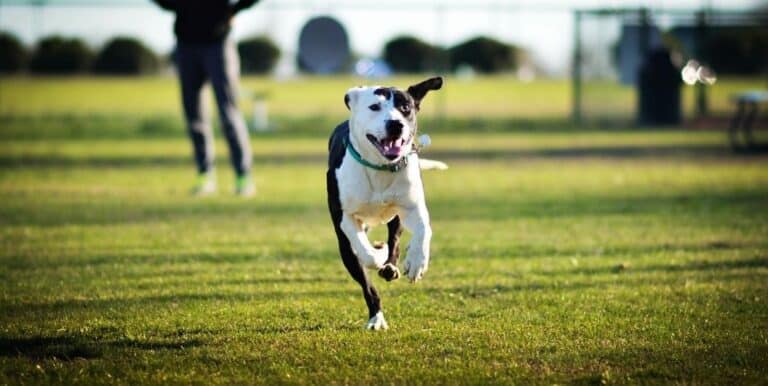What Are the Different Uses of Enalapril for Dogs?

Enalapril for dogs is a drug most often used by veterinarians to treat dogs suffering from cardiovascular disease, primarily congestive heart failure. An ACE inhibitor, enalapril is used in both humans and dogs to increase blood flow throughout the body. Administering the correct dosage is important, since overdoses can lead to serious side effects. This drug is usually paired with a diuretic to reduce water retention.
Seventy-five percent of dogs with heart problems suffer from heart valve irregularities. Male dogs are more likely to develop valve problems than female dogs are, as are miniature, toy, and very large dogs. Congestive heart failure, or CHF, is a common condition treated by enalapril.

In most cases, CHF occurs in dogs when their hearts’ mitral valves wear out. The worn valves cause their hearts to grow larger, changing shape and cutting off the flow of blood. Enalapril suppresses the angiotensin converting enzyme that constricts blood vessels, thereby increasing the ease of blood flow throughout the valves of the heart.
The proper dosage of enalapril for dogs typically depends on the size and weight of the pet being treated. Doses are often administered once per day. Veterinarians usually adjust dosages to accommodate dogs’ ability to tolerate the medication. The total dosage may be more effective if it is split into morning and evening applications.
Common side effects of enalapril for dogs can range from the mild to the severe. Mild reactions can include symptoms such as coughing, unsteadiness, nausea or vomiting, or even minor skin rashes. Serious side effects typically include bleeding or bruising easily, difficulty eliminating or overproduction of urine, or chills and fever.

Allergic reactions to this medication, such as closing of the throat, swelling of the lips and tongue, and difficulty breathing, require immediate medical attention from a veterinarian. Hives often signal an allergy to enalapril for dogs. Enalapril is generally not recommended for pregnant or breeding dogs, since it can cause birth defects.
Proper administration of enalapril typically includes the provision of as much water as animals will drink. Dehydration often leads to serious complications, such as kidney failure, fatally low blood pressure, and electrolyte imbalances. Adequate water ingestion is especially important when enalapril is accompanied by furosemide, a diuretic that helps decrease the water retention that can increase stress on the dogs’ internal organs.






